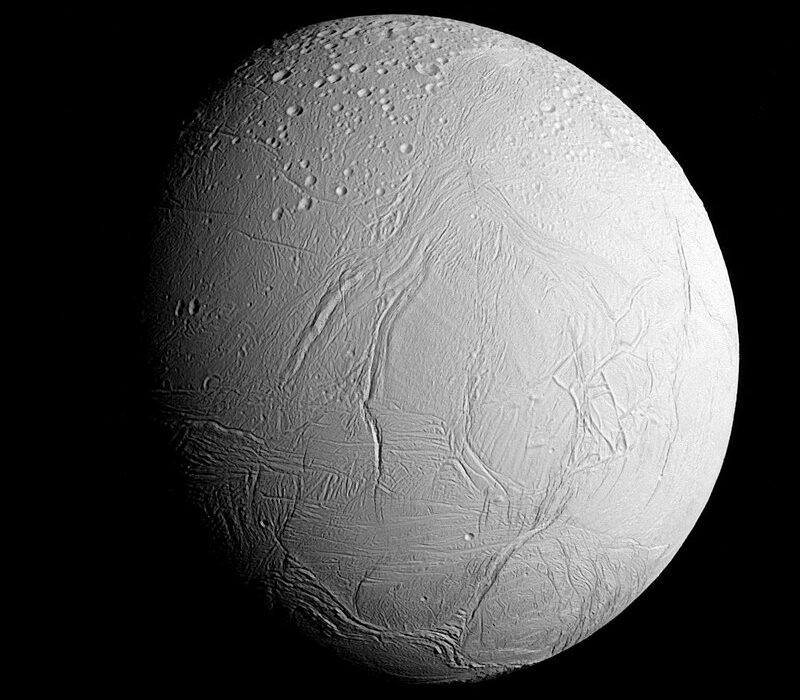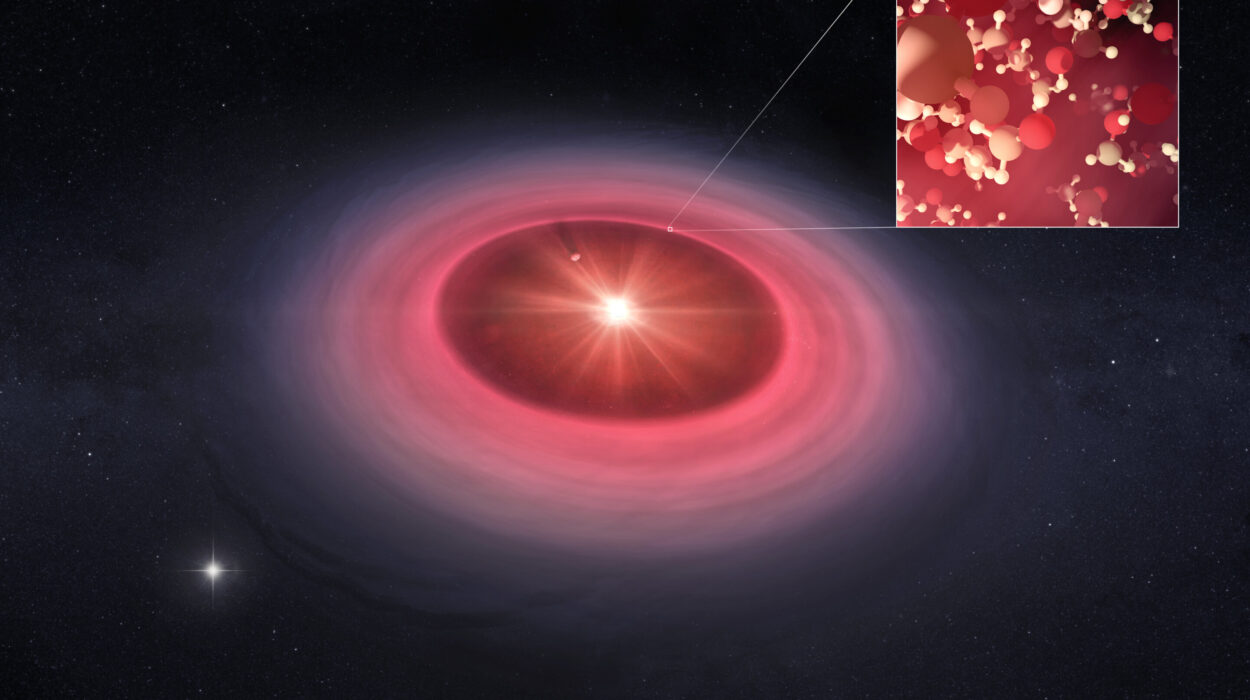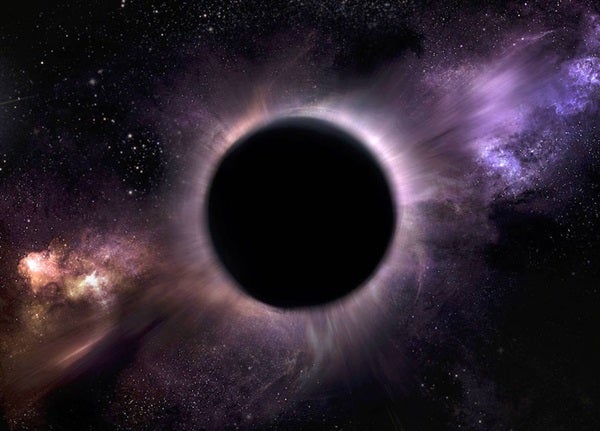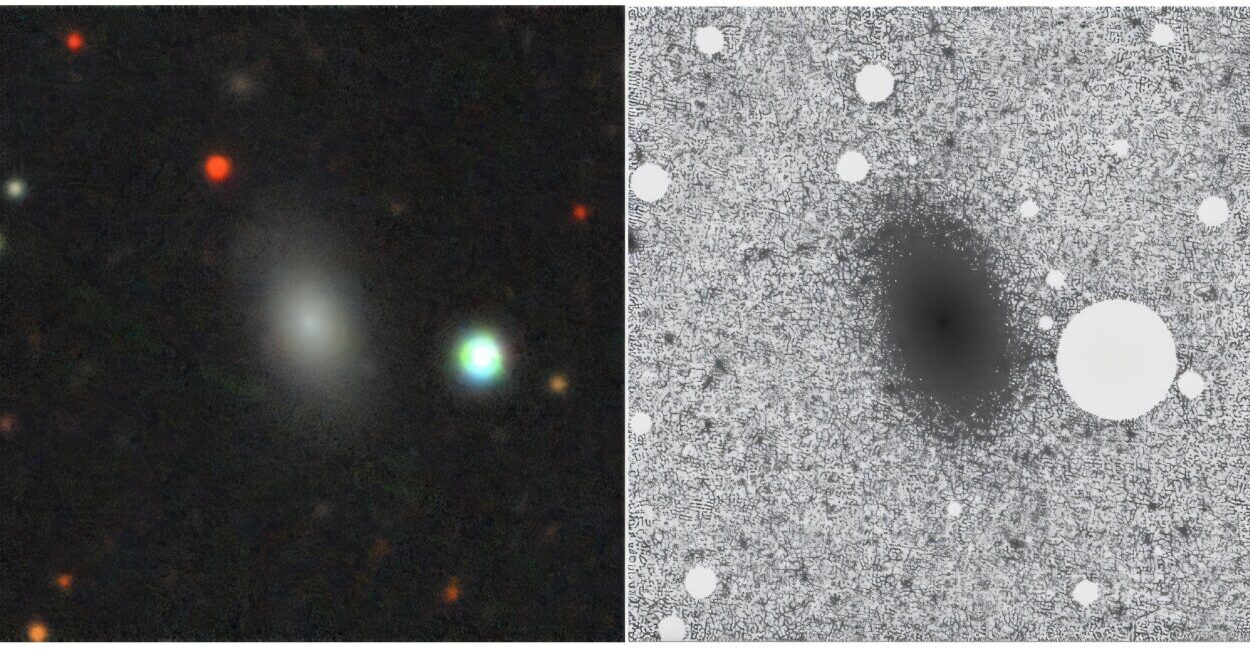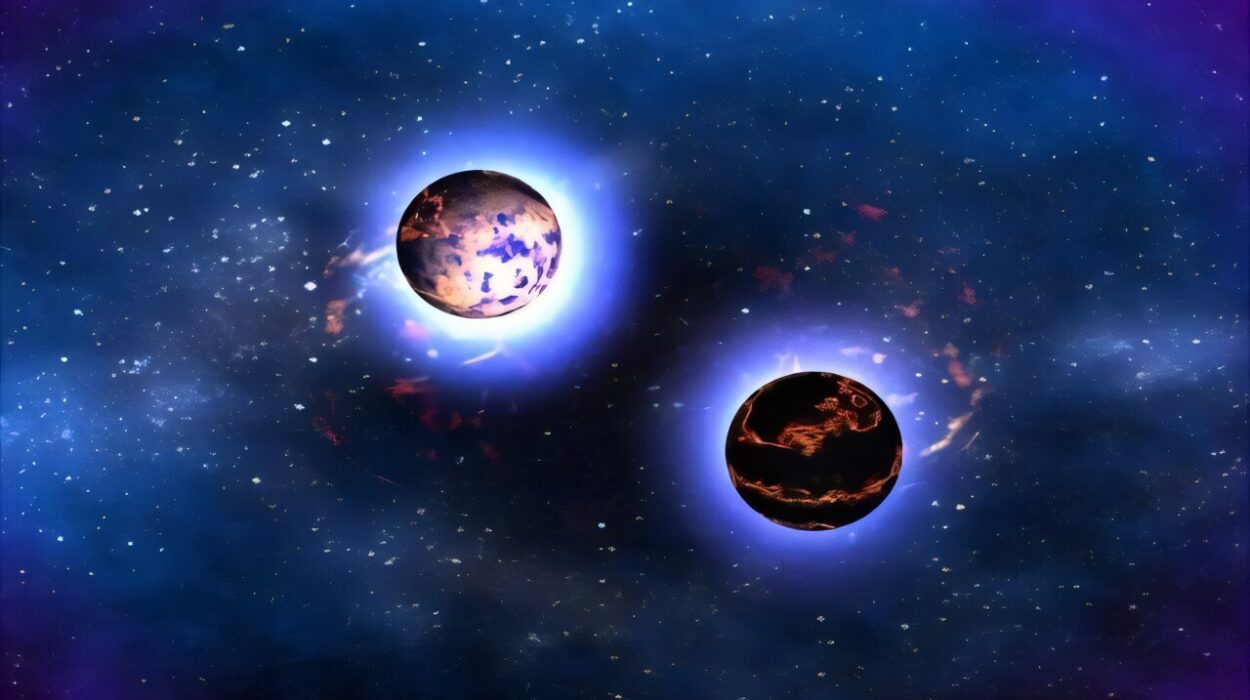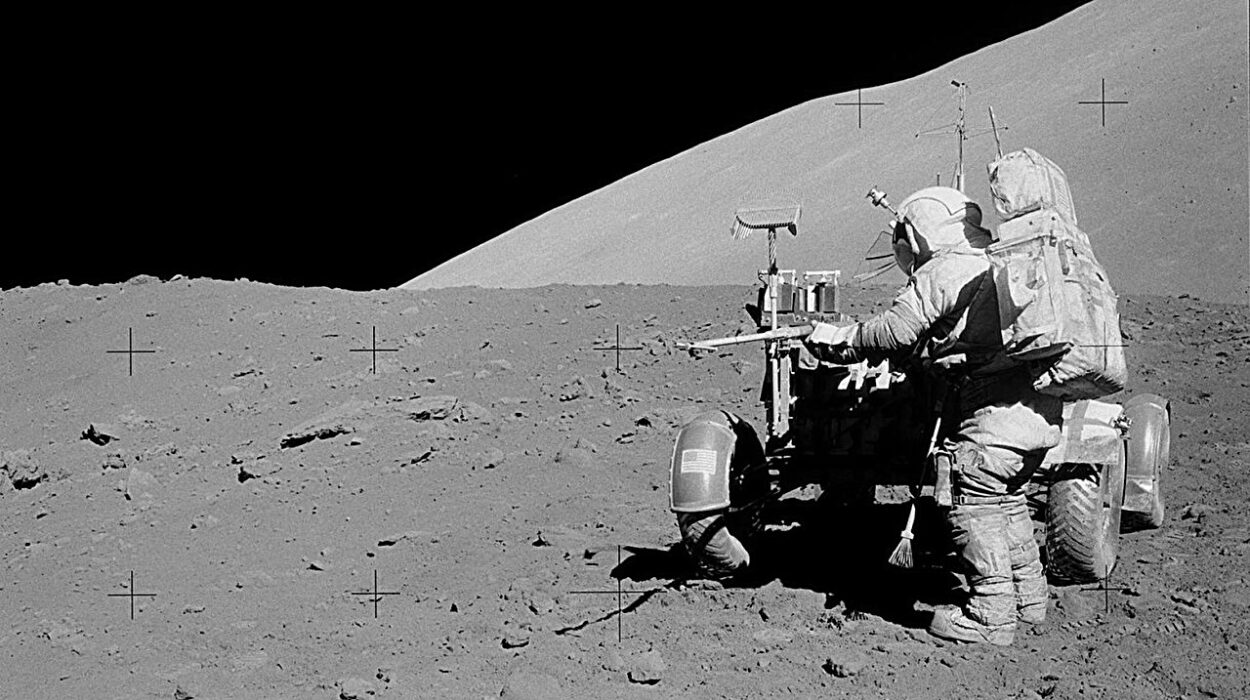In the vast expanse of the universe, stars go through extraordinary life cycles that shape the very fabric of existence. Some stars, like our Sun, will one day swell into red giants before eventually shedding their outer layers to become faint remnants in the cosmic landscape. Among these aging stars, there are many secrets still hidden from our gaze. One such star is π1 Gruis, an asymptotic giant branch (AGB) star located approximately 530 light-years from Earth. For years, this star has captivated astronomers, but only recently have we begun to unlock its mysteries, particularly those related to its enigmatic companion.
π1 Gruis is an aging star that has passed through its prime. It began its life much like our Sun but is now in the final stages of stellar evolution. As it expands to over 400 times the size of our Sun, it has cooled and transformed into a red giant. These stars, in their twilight years, undergo dramatic changes. They pulsate rhythmically, losing vast amounts of mass over time—sometimes expelling material equivalent to the mass of an Earth-sized planet every few years. These expulsions eventually form planetary nebulae, remnants of stars that once were. Despite its fascinating nature, π1 Gruis has long remained a challenge to study, particularly in identifying any potential companions that might be influencing its evolution.
The Challenges of Observing Companion Stars
One of the key difficulties in studying stars like π1 Gruis is the intense brightness of the star itself. Red giants shine thousands of times more brightly than the Sun, which makes detecting any companions—especially those that are close by—exceptionally challenging. Companion stars can easily be drowned out by the overwhelming luminosity of the red giant. Furthermore, these stars can vary in brightness, adding another layer of complexity to the search. As a result, astronomers have struggled to directly observe the presence of any nearby stars influencing π1 Gruis.
However, thanks to advanced technology and innovative techniques, astronomers have made a breakthrough in their study of this mysterious star. In a groundbreaking paper published in Nature Astronomy, an international team of scientists revealed the discovery of a companion star orbiting π1 Gruis. This achievement was made possible through the use of the Atacama Large Millimeter/submillimeter Array (ALMA), a powerful network of 66 radio telescopes located in the Atacama Desert of northern Chile. ALMA’s unparalleled resolving power allowed researchers to directly observe the companion and its orbit around π1 Gruis, shedding new light on the dynamics of this aging star system.
ALMA’s Unveiling of the Hidden Companion
The discovery of the companion star orbiting π1 Gruis has sparked a revolution in our understanding of stellar evolution, particularly in the final stages of a star’s life. Yoshiya Mori, a Ph.D. candidate in astrophysics at Monash University, played a pivotal role in this discovery. Mori and his team compared the observed properties of π1 Gruis with stellar evolution models developed at Monash University. By analyzing the star’s luminosity and pulsation characteristics, they were able to more accurately constrain its mass and gain insight into its evolution.
“A key part of understanding the orbit of the companion is knowing the mass of the AGB star,” explained Mori. “Our team helped better constrain this mass by using its observed luminosity and pulsation characteristics to find the best suited stellar model.” This careful analysis was essential in not only confirming the existence of the companion but also in gaining a deeper understanding of the forces at play in this dynamic star system.
What makes this discovery particularly intriguing is the way in which the companion star behaves. Traditionally, scientists had predicted that the companion would follow an elliptical orbit. However, the new data revealed that the companion’s orbit is nearly perfectly circular. This unexpected finding has led scientists to question existing models of stellar evolution, particularly when it comes to the final stages of giant stars with companions.
Challenging the Conventional Models of Stellar Evolution
The discovery of the circular orbit around π1 Gruis presents a challenge to previously established models of stellar evolution. According to these models, it was thought that a companion star in such a system would follow an elliptical orbit, shaped by gravitational interactions with the primary star. However, the observations made using ALMA suggest that the companion’s orbit evolves at a faster rate than previously thought, and its nearly circular path is a significant deviation from predictions.
Mats Esseldeurs, project lead from KU Leuven, emphasized the significance of this discovery not just for understanding π1 Gruis, but for the future of stellar evolution research. “Understanding how close companions behave under these conditions helps us better predict what will happen to the planets around the Sun, and how the companion influences the evolution of the giant star itself,” said Esseldeurs. This insight could have far-reaching implications for our understanding of stellar systems, particularly those with multiple stars in close proximity.
The new findings suggest that the circularization of orbits may occur more quickly than earlier models predicted. Circularization refers to the process by which an initially elliptical orbit becomes more round due to tidal interactions between the two stars. Researchers believe that current models may have underestimated the rate at which this process occurs, opening up new avenues for understanding tidal interaction physics and binary star evolution.
The Implications for Our Own Solar System
The study of π1 Gruis and its companion also holds significant implications for our own solar system. While π1 Gruis is far from our Sun, the processes observed in this star system may one day provide a glimpse into the future of our own Sun. As our Sun ages, it will eventually swell into a red giant, much like π1 Gruis, and undergo similar processes. While our Sun may not have a companion star in close orbit, understanding how companions interact with aging stars can help scientists predict the fate of our own solar system.
Moreover, understanding how companion stars influence the evolution of giant stars could also provide valuable insights into the dynamics of planetary systems. Will the planets around our Sun be affected by the Sun’s evolution into a red giant? Could a companion star, if one were present, alter the trajectory of the solar system’s planets? These are questions that scientists hope to answer by studying systems like π1 Gruis.
A Glimpse into the Future of Stellar Evolution
The discovery of the companion star orbiting π1 Gruis marks a pivotal moment in our understanding of stellar evolution. It highlights the complexity of the processes that govern the lives of stars, particularly as they approach the end of their life cycles. The unexpected findings from this research suggest that our models of stellar evolution may need to be adjusted to account for the dynamic interactions between stars and their companions.
As scientists continue to study systems like π1 Gruis, they will undoubtedly uncover more surprises. Each new discovery brings us closer to understanding the forces at play in the universe and how they shape the stars and planets we observe. For now, π1 Gruis remains a key object of study, offering a window into the final stages of stellar life and the mysteries that lie beyond.
More information: Mats Esseldeurs et al, Evidence for the Keplerian orbit of a close companion around a giant star, Nature Astronomy (2025). DOI: 10.1038/s41550-025-02697-2

